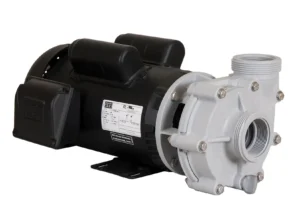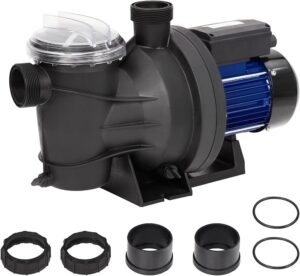
As a crucial component of pool maintenance, the **skimmer** plays a vital role in keeping your pool water clean and clear. Whether you own a residential pool or manage a commercial one, a skimmer efficiently removes floating debris such as leaves, insects, oils, and other contaminants, reducing the load on your filtration system. In this comprehensive guide, we’ll explore the function, types, installation, and maintenance of pool skimmers to help you optimize their performance.
What Is a Pool Skimmer?
A **skimmer** (also known as a surface skimmer) is a device integrated into your pool’s circulation system that collects floating debris before it sinks and decomposes. It works by drawing water (and the debris on the surface) into the filtration system, preventing clogs and maintaining water clarity.
Key Functions of a Skimmer
- **Removes floating debris** – Leaves, bugs, pollen, oils, and hair.
- **Improves water quality** – Reduces organic waste, lowering chlorine demand.
- **Protects filtration systems** – Prevents large debris from reaching the pump and filter.

2. Types of Pool Skimmers
Skimmers come in different designs, each suited for specific pool setups:
(1) Wall-Mounted Skimmers
The most common type, built into the pool wall and connected to the circulation system. Used in both in-ground and some above-ground pools.
Advantages:**
- Highly efficient at debris removal.
- Durable and permanent installation.
(2) Floating Skimmers
A portable option that moves with the water’s surface, connected via a hose to the pump. Ideal for temporary or inflatable pools.
Advantages:
- No permanent installation required.
- Great for seasonal or small pools.
(3) Automatic Skimmers
Smart, self-adjusting skimmers that optimize suction based on debris levels. Often found in high-end pools with automation systems.
Advantages:
- Requires minimal manual intervention.
- Energy-efficient and integrates with smart pool controls.
3. Where Should a Skimmer Be Installed?
Proper placement ensures maximum efficiency:
- **Opposite the return jets** – Helps create a circular flow for better debris capture.
- **Away from heavy water movement** – Avoid installing near waterfalls or fountains.
- **At the right water level** – The water should cover about **50-75%** of the skimmer opening.
**Installation Tips:**
- Ensure a tight seal to prevent air leaks.
- Check that the skimmer basket is easily accessible for cleaning.
4. Skimmer Maintenance Tips
To keep your skimmer working efficiently, follow these maintenance steps:
(1) Clean the Skimmer Basket Regularly
- Remove leaves and debris **at least once a week** (daily during heavy use).
- A clogged basket reduces water flow and strain on the pump.
(2) Check for Proper Suction
- Weak suction may indicate a blockage in the pump or pipes.
- Ensure the weir door (flap) moves freely.
(3) Winterize Your Skimmer (For Seasonal Pools)
- Drain water to prevent freezing damage.
- Use a skimmer guard or winter cover to protect it.
5. Common Skimmer Problems & Solutions
Q1: Why is my skimmer not pulling in debris?
- Check for a clogged basket or blocked pump.
- Ensure the water level isn’t too low.
Q2: My skimmer is leaking. How do I fix it?
- Inspect the gasket and replace if cracked.
- Tighten screws or consider resealing.
Q3: Does a floating skimmer work as well as a wall-mounted one?
- Floating skimmers depend on water movement—adjust pump runtime for better performance.
Final Thoughts
A well-maintained skimmer is your pool’s first line of defense against dirt and debris. Choosing the right type and keeping it in good condition will save you time, money, and effort in pool upkeep.
Have questions about skimmers or other pool equipment? Drop a comment below—we’d love to help! 🏊♂️💦
You may also be interested in:

The Ultimate Guide to Pool Pumps: Keep Your Pool Crystal Clear All Season
A sparkling, clean pool is the

